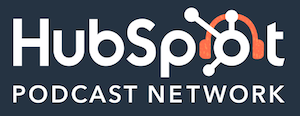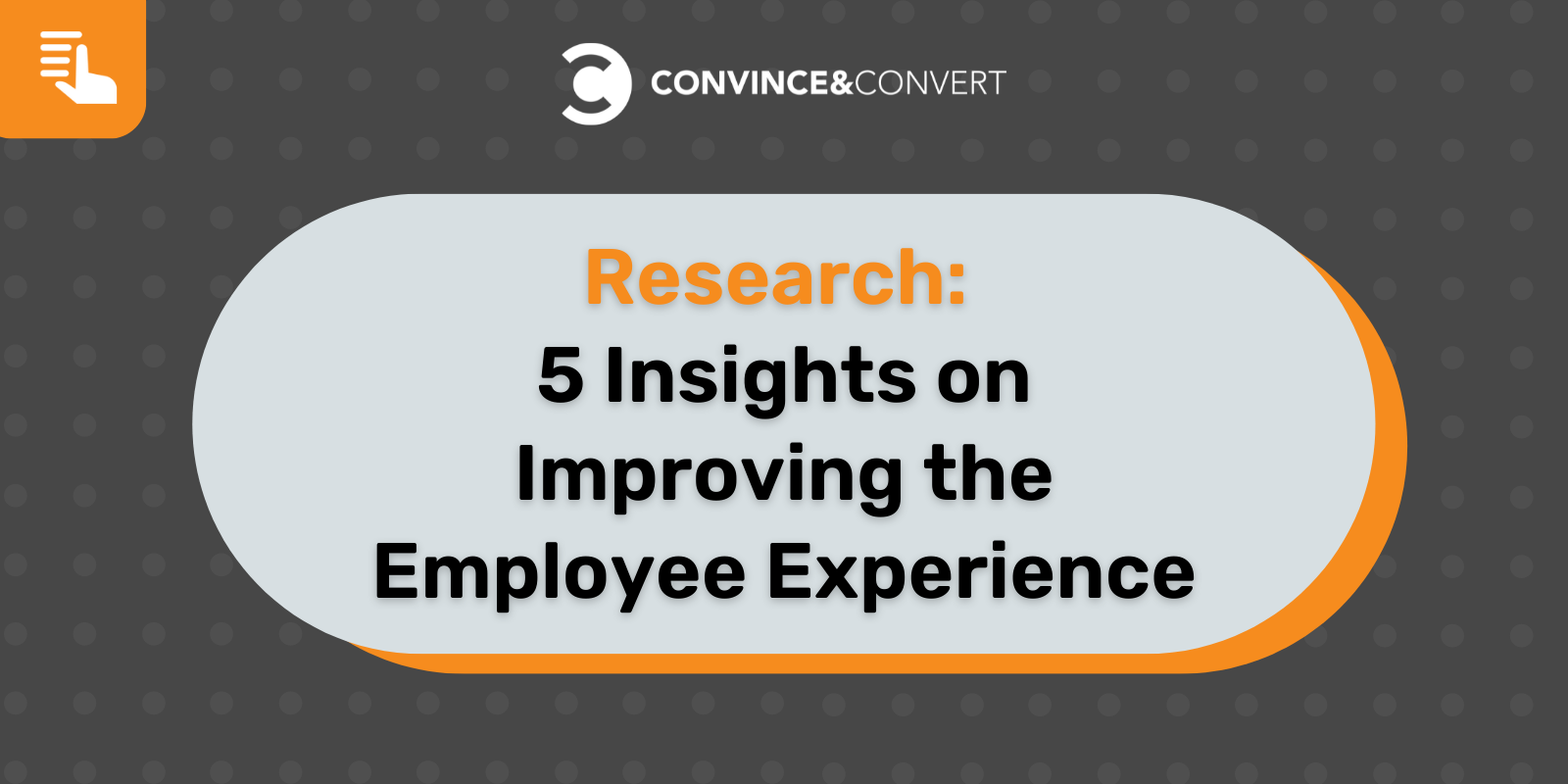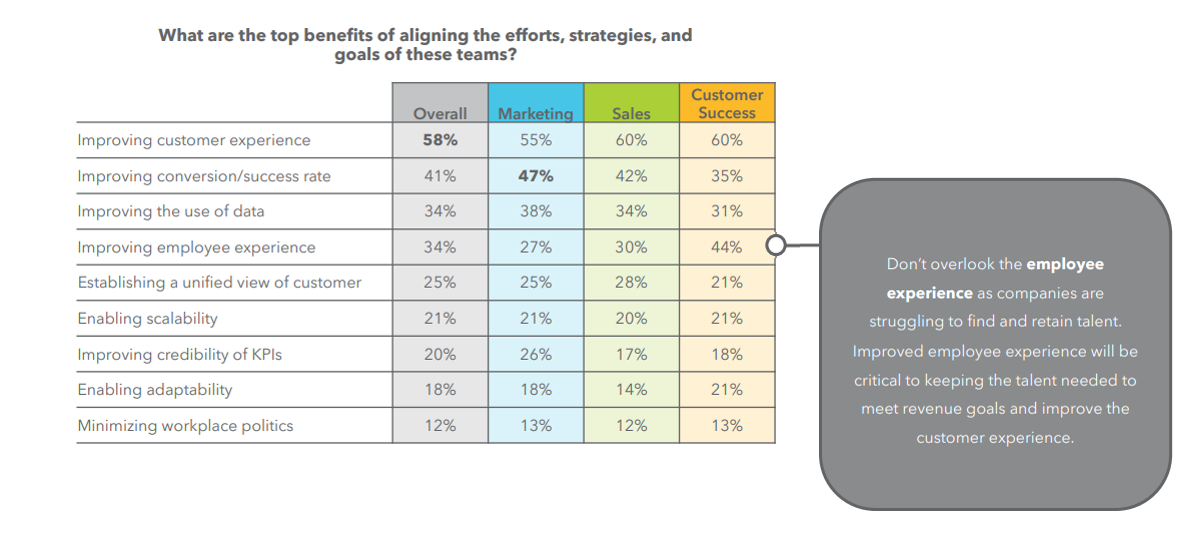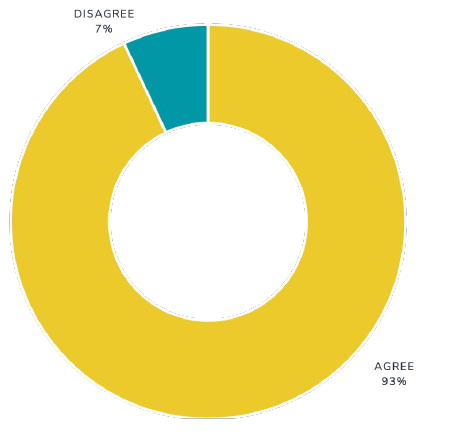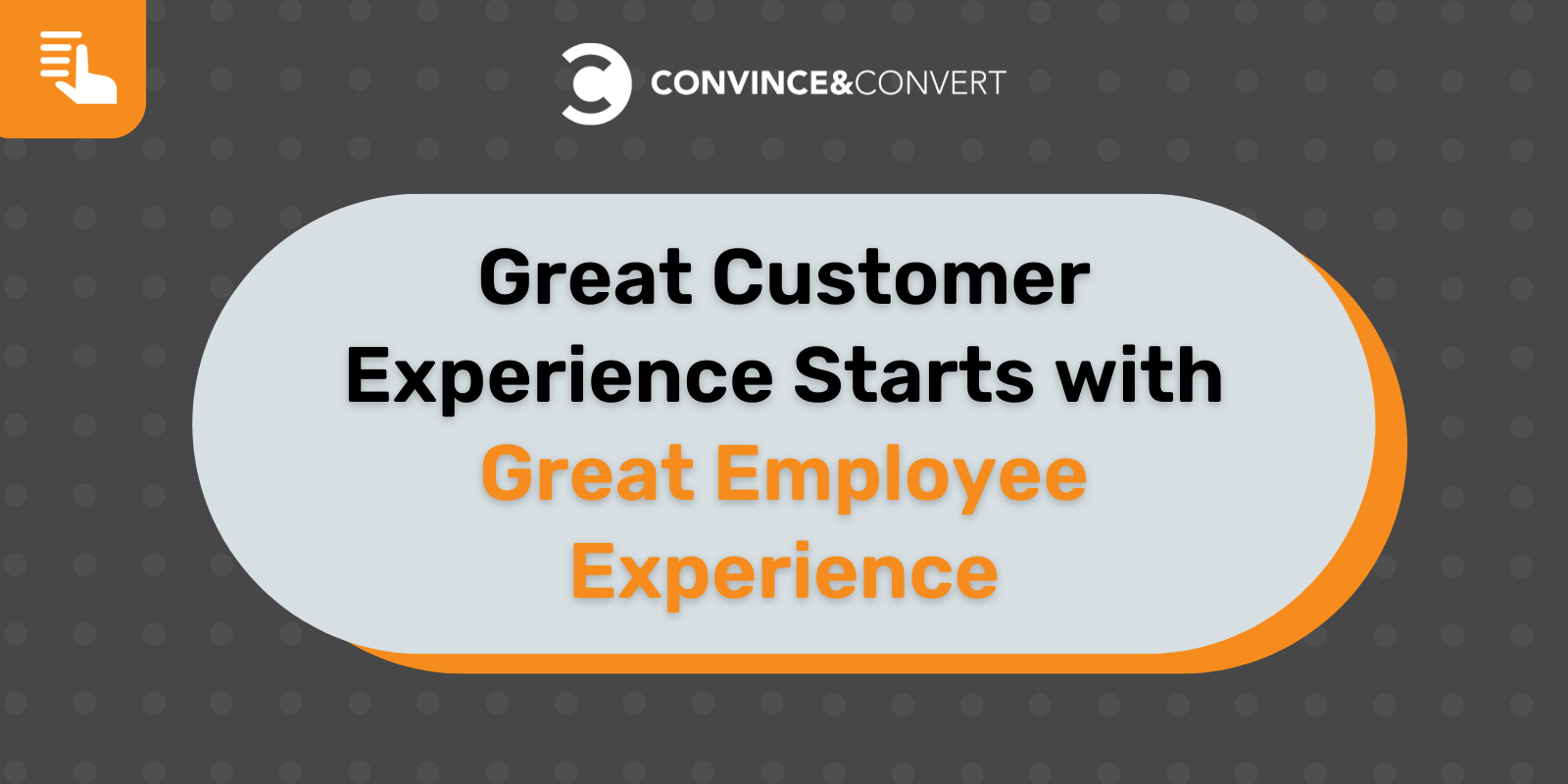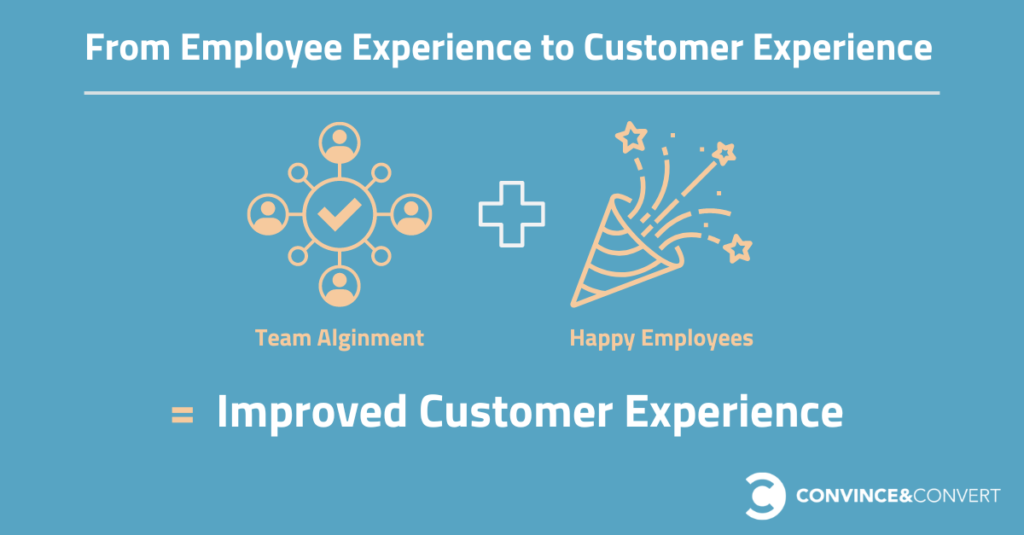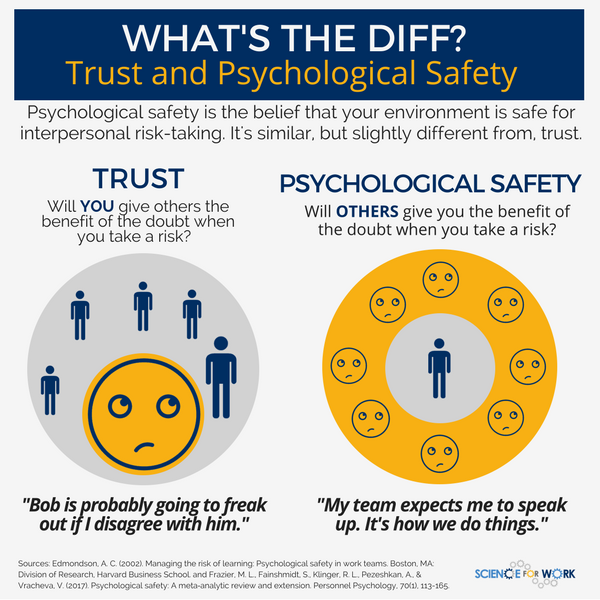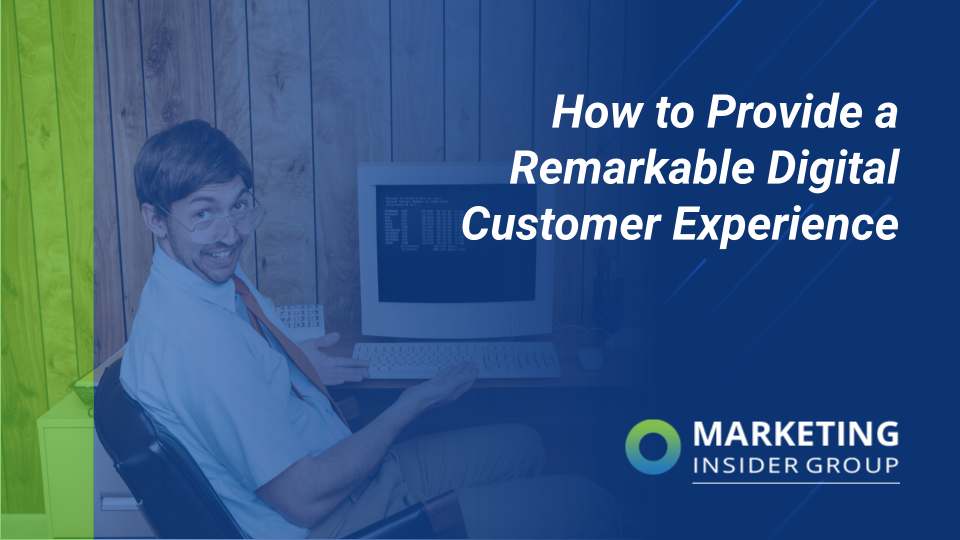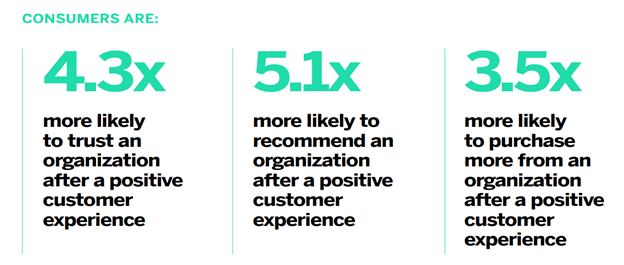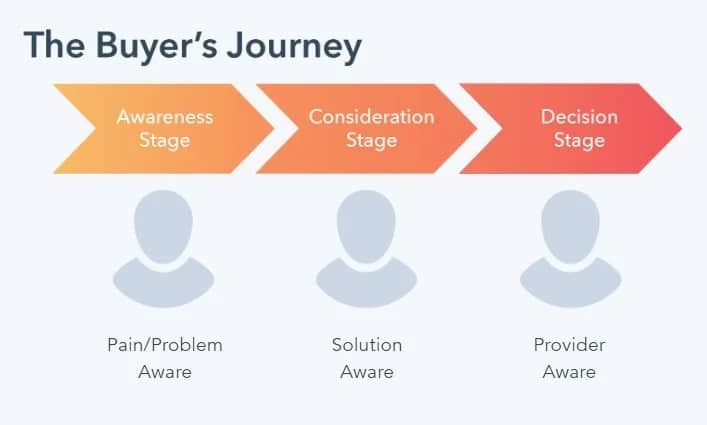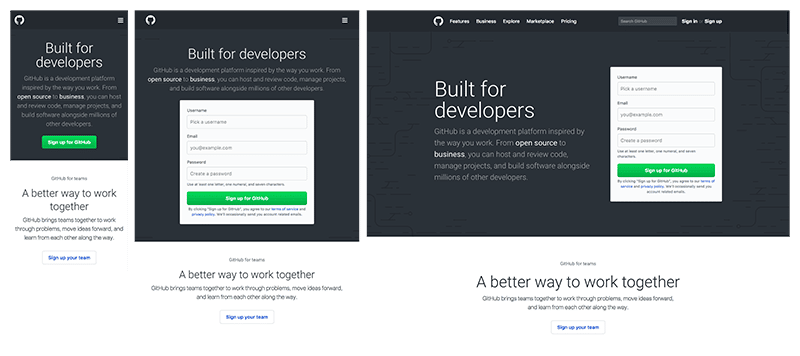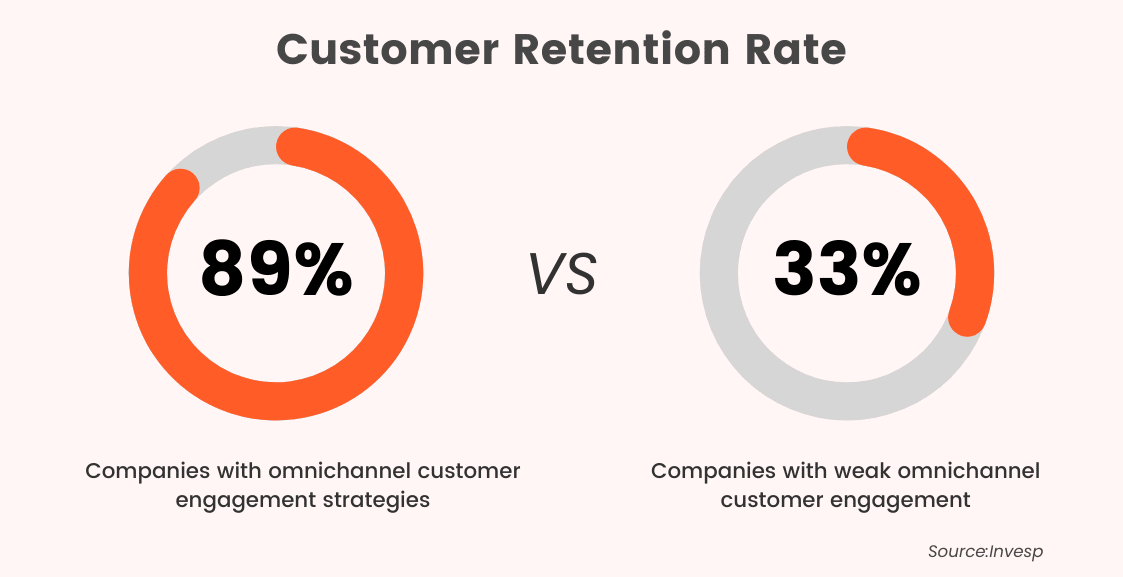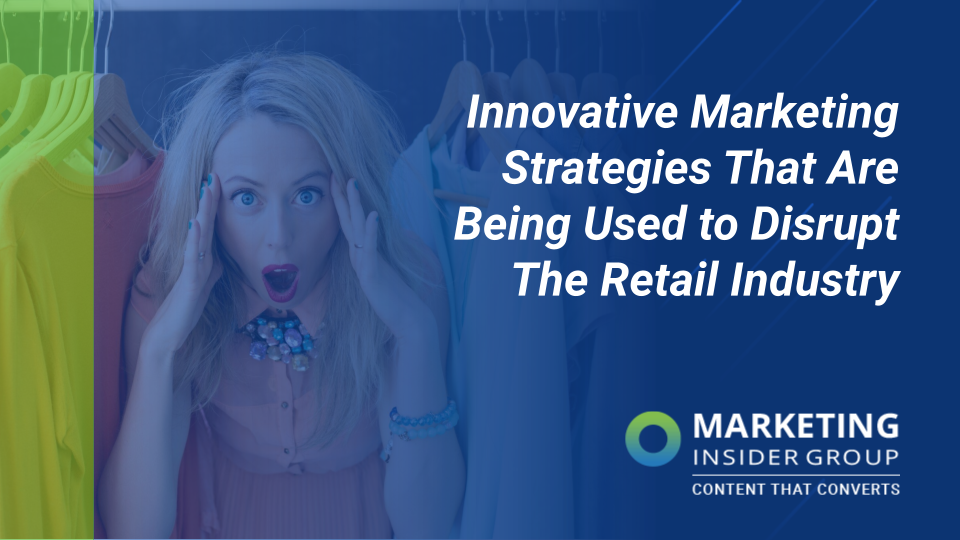TL;DR
Why This Research is Important to You
Six of the 12 Key takeaways
Six Actions You Can Take Next
The Research Authors and Methodology
Download the Full Report
Why This Research is Important to You
Customer Experience Is The New Competitive Battlefield.
This is urgent for any brand, business, organization, and leader competing in a market that is increasingly reliant on digital ecosystems. We are living this new reality day-to-day, from online interactions and chatbots to mobile ordering, social media, ratings/reviews, digital payments, help requests, and so much more.
What Does the Research Tell us?
The best option for a sustainable competitive advantage is developing loyalty, advocacy, and frequency through superior customer experience. But what does that mean and look like today?
Customer experience has taken on a heightened urgency as more companies compete in a digital ecosystem or have customer touchpoints that blend in-person and digital. This is an expectation not a trend as more and more interactions shift to digital, and the complexity, transparency, and impact of these interactions highlight the increasing focus on getting them right to delight customers.
This study revealed that very specific emotions and actions create the most positive memories that lead to repeat purchases and brand advocacy—as well as what customer experiences to avoid! Getting customer experience right not only drives a clear return on investment for organizations, but as the study found, Americans think it should also directly impact CEO pay!
Do you believe customer experience should affect CEO pay?
Click To Tweet
Six immediate takeaways:
1. The Secret Ingredient for Challenger Brands of All Sizes
Every challenger brand is looking for a way to compete against better-funded, better-known, and more established brands. This is true in every industry from low-tech manufacturing to services businesses and cutting-edge enterprise technology. But how does a challenger brand truly deliver results above its size, tenure, and limited resource?
In our research, one of the most interesting discoveries was that 85% of Americans—eighty-five percent! —said that customer experience can make a small company win their business from a large company. At a time when resources are tight, every interaction matters, and competition is only growing, it turns out that one of the most powerful, influential, decisive, and too often overlooked strengths a smaller company can deploy to beat larger incumbents is delivering great customer experience.
The clear message: customers are saying that if you’re looking for a way to win them now, customer experience is the overlooked and highly influential area to focus on.
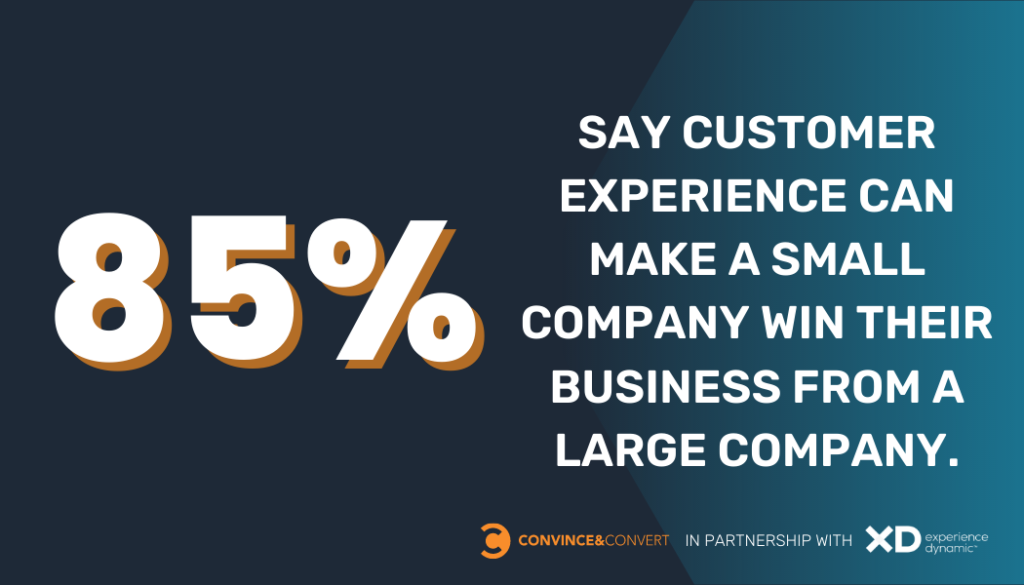
2. Consumers Say CX Should Affect… CEO Pay!
An eye-popping 72% of Americans say CEOs should have their pay affected based on customer experience. 72%! Wow. That is a huge number and very telling of not only the importance of customer experience to consumers, but also the underlying feeling that the customer experience should be elevated in terms of importance, value, and accountability to the very highest levels of an organization.
Interestingly, the question was asked to create the opportunity for the impact to be positive or negative. Americans aren’t saying that customer experience should only be punitive for CEOs, but rather that customer experience is so important it should positively or negatively affect CEO compensation to make sure it has the right level of attention and urgency within an organization.
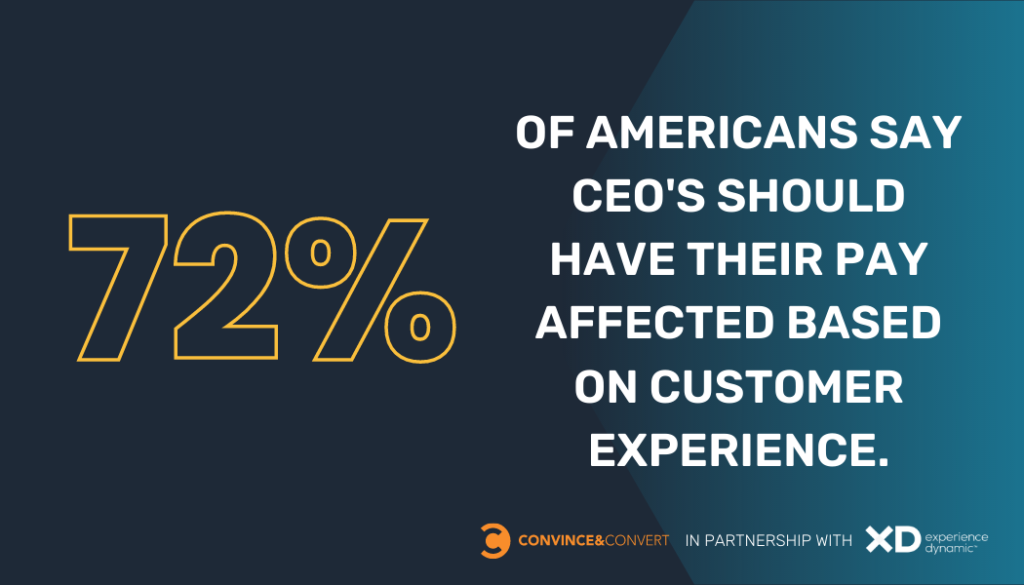
3. The Gateway to Word-of-Mouth Recommendations
One of the most influential ways to drive all-important referrals, recommendations, advocacy, and more is to focus on digital experience. Why digital experience? Because so much of customer experience is now interacted, primarily or in the customer experience journey, through technology.
In fact, a whopping 76% of all Americans will recommend a brand, service, or company to a friend simply because they had a good experience using their website or mobile app. This is a big clue and should be a priority for any organization that can immediately benefit from more referrals and word-of-mouth support.
4. Speed of Service Has Increasingly Become a Top Priority.
Expectations about the speed of service have evolved rapidly over the last decade. These expectations have been fueled by the ubiquitous usage of online ordering, COVID-accelerated adoption of rapid delivery, Amazon Prime, and an increasingly “instant everything” mindset towards interactions in general.
Is your company meeting your customer's expectation in terms of speed?
Click To Tweet
What does this mean for customer experience and customer expectations? A lot. Why? Because Americans have become conditioned to pushing a button—or even speaking to Siri or Alexa—and having something delivered right to where they are, whether that is home, at work, or on the go. Our data found that 47% of Americans would be willing to pay up to 30% more if immediate service was guaranteed. That is almost half of America saying they are willing to pay materially more for guaranteed immediate service.
5. The Impact of Online Ratings and Reviews
We first dug into the importance of rating and review sites by asking America how much online ratings and reviews influence their view of a business, product, or service they have not tried.
Millennials, significantly more than any other generation, most valued online ratings and reviews of businesses, products, and services they have not yet tried. However, in a surprising twist, there were two generations that valued them less than the others: Gen Z and…Baby Boomers.
Yes, the bookend generations both currently value online ratings and reviews less than Millennials and Gen X. This could be due to Gen Z still emerging as consumers and Baby Boomers not coming of age with the Internet, but either way, it is an interesting twist for companies seeking to leverage ratings and reviews, particularly in reaching Gen Z as they emerge.

6. Exploring The Views Of Customer Loyalty Programs
The customer reward and loyalty programs that Americans are most satisfied with vary dramatically by generation.
Gen Z is significantly more satisfied than other generations with quick service and fast casual loyalty programs (Chick-fil-A, Chipotle, etc.) and beauty reward programs (Sephora, Ulta, etc.). While Millennials also rank quick service and fast casual loyalty programs as tops for them, they are also significantly more satisfied with coffee rewards programs than other generations.
This presents an interesting dynamic where the younger generations overlap in the top two types of reward and loyalty programs, yet they each rate them very differently from one another!

The Six Actions You Can Take Next
1. Understand the customers you serve.
Take a deep look at the generations that are represented in your customer base. Through customer research, you can identify your most important customer segments and their generational trends, and understand what truly matters to them.
2. Start listening to your customers.
Feedback from those who matter most: the customers who are living your experiences are some of the most impactful data you can leverage to improve CX. Implementing a thorough voice of the customer program and developing feedback-based action plans will quickly address hot issues with your customers.
3. Take an honest look at your current customer experience.
Perform an audit on your own or hire a CX expert to take a comprehensive look at all of your customer touchpoints. Having a holistic view of your CX will help create priorities and a go-forward plan for addressing critical needs and strategic changes over time.
4. Get your digital customer experience in order.
78% of Americans will become advocates for your brand solely based on the experience they have with your digital CX. Upgrades in the areas of better personalized and more relevant emails, better scripts for chatbots, easy-access ways to reach customer service the way the prospect/customer prefers, or more robust FAQs with topic search can be done relatively quickly, creating a sustainable competitive advantage, and will have a significant impact on customer advocacy and loyalty. Your goal is to reduce friction at every point in the customer’s digital journey.
5. Create a long-term CX roadmap that strongly considers Gen Z.
Generation Z is the generation least satisfied with the current state of CX. Creating a long-term plan that evolves your CX to best meet their needs will not only capture a new generation entering the marketplace but will improve experiences for older generations as well.
Download the Full Report
The full State of Customer Experience report contains significant additional information that can be transformative to your view of customer experience and the path your organization must take to be successful. Download the full report here.
The Research Authors
This research and findings were conducted and published as a cooperative project between Experience Dynamic and CGK, the Center for Generational Kinetics.
Experience Dynamic (XD) is a collective of companies committed to customer experience. From the first touchpoint through the full life of your customer, Experience Dynamic helps solve complex problems to fuel meaningful engagements that drive results for your brand. With both LaneTerralever (Marketing & Digital Experience) and Convince & Convert (Content Marketing & CX Strategy) as part of the collective, Experience Dynamic guides clients through transformational CX change.
The Center for Generational Kinetics (CGK) is the leading research, speaking, and retained advisory firm focused on generational change, key emerging trends, and behavioral insights. They have led more than 100 custom research studies for clients around the world. CGK’s team leads original research to solve important consumer, employee, technology, and emerging trend challenges. The firm uncovers new and unexpected, statistically accurate insights for innovative, market-leading clients.
Research Methodology
The national study included a total of 1,500 U.S. participants ages 16-75, including 1,000 U.S. participants weighted to the 2020 U.S. Census for age, gender, geography, and ethnicity. In addition, the study included an oversample of 250 Gen Z participants (ages 16-26) and an oversample of 250 affluent participants (annual household income of $100,000 or more). The margin of error is +/-2.53 percentage points. The national study was conducted online from July 28, 2022, to August 8, 2022.
Disclaimers
The information in this article and research document can be referenced by the media, in whole or in part, as long as this document is cited as the source of the information. In no way does this document provide an endorsement of any product, service, company, or individual.
The post 6 Actions You Must Take in Customer Experience in 2023 appeared first on Convince & Convert.

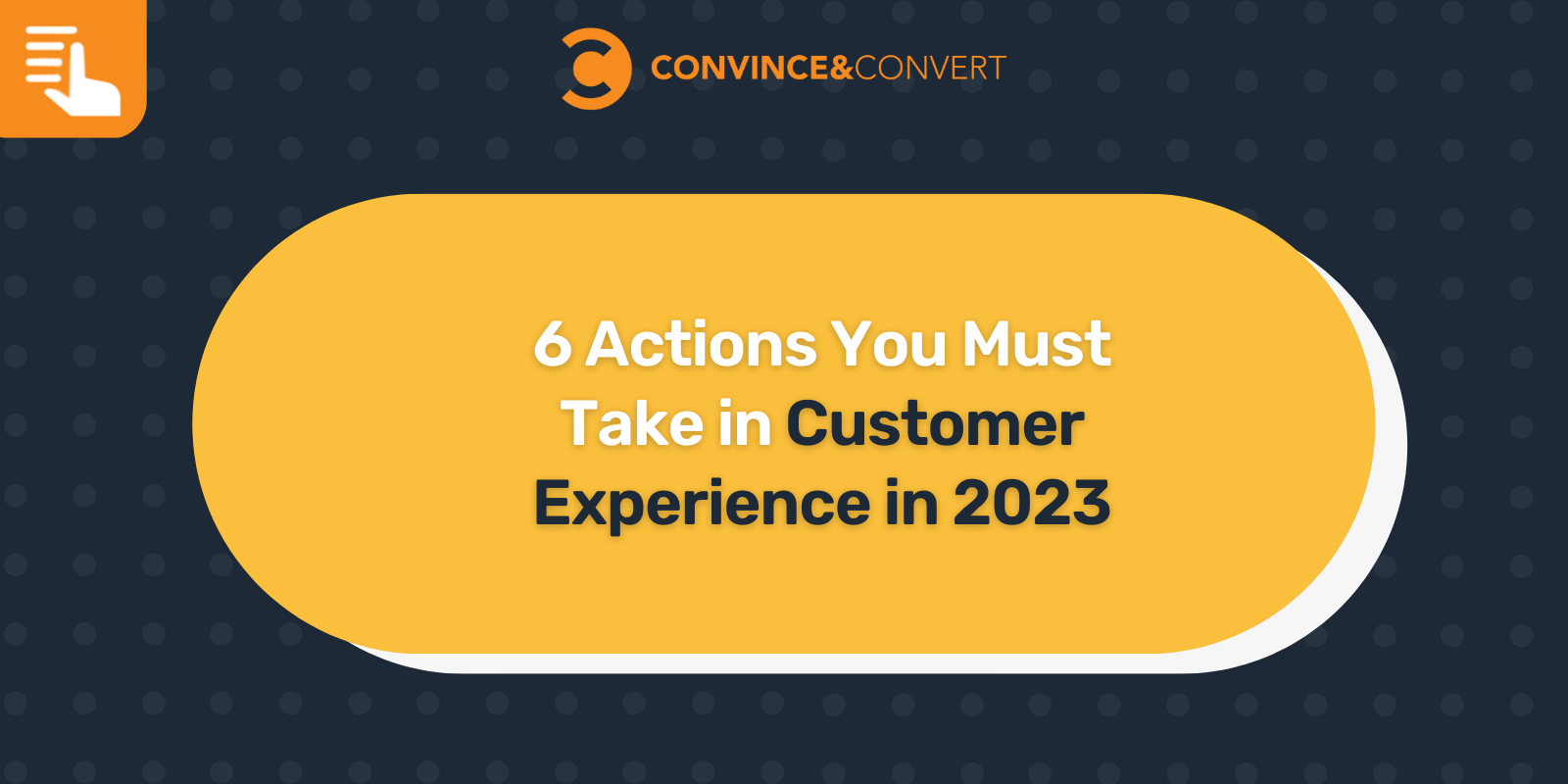
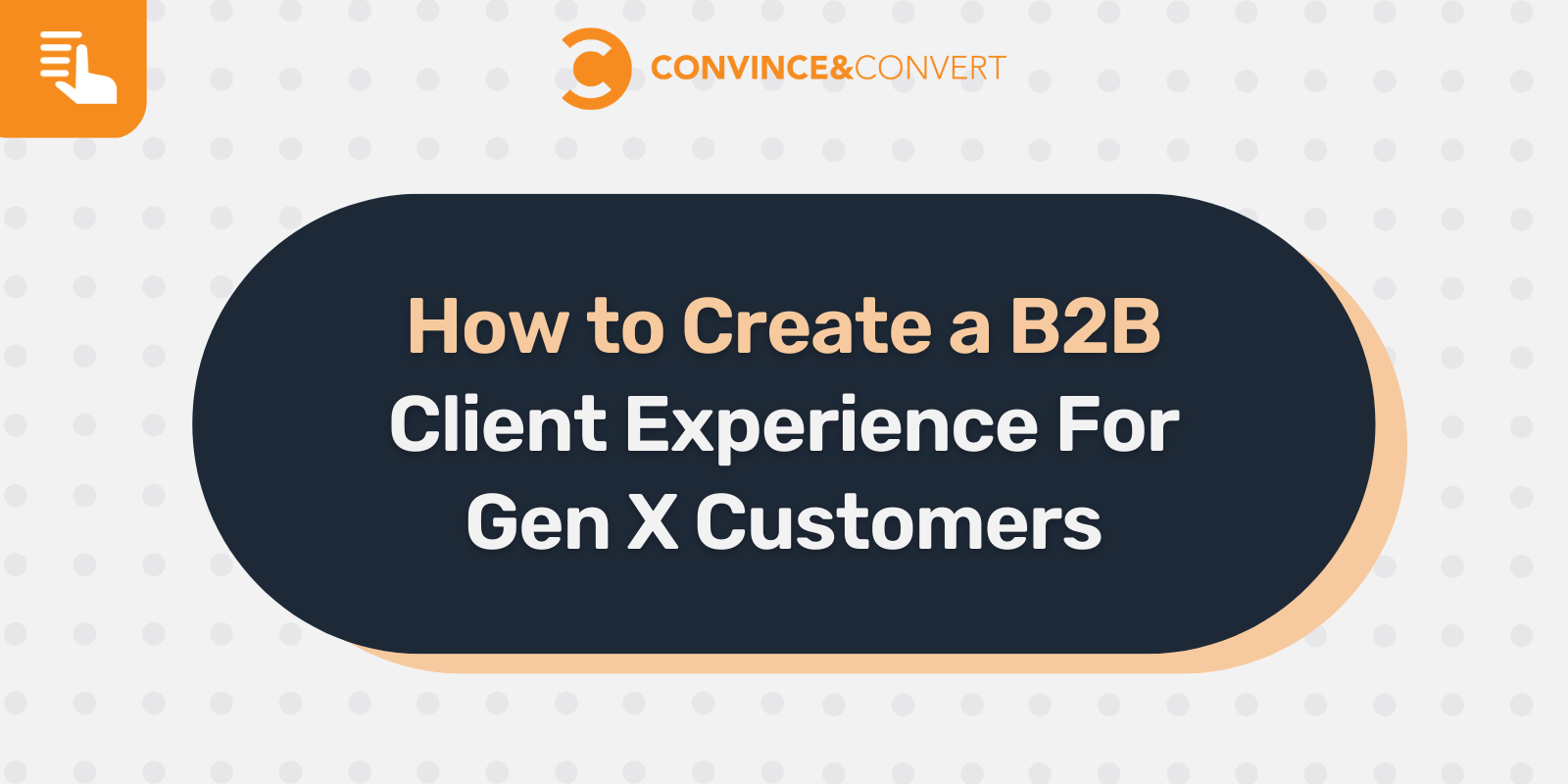
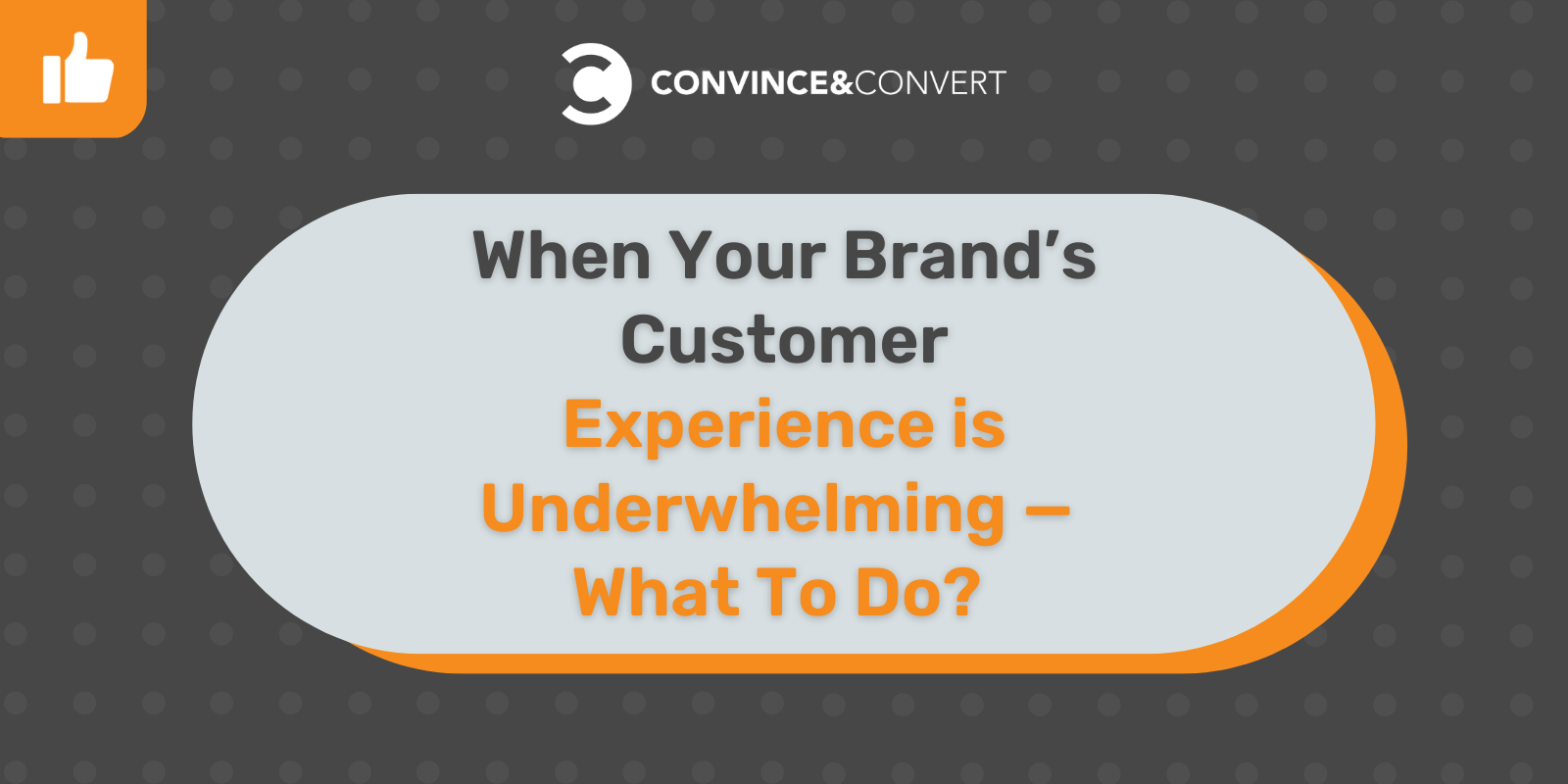
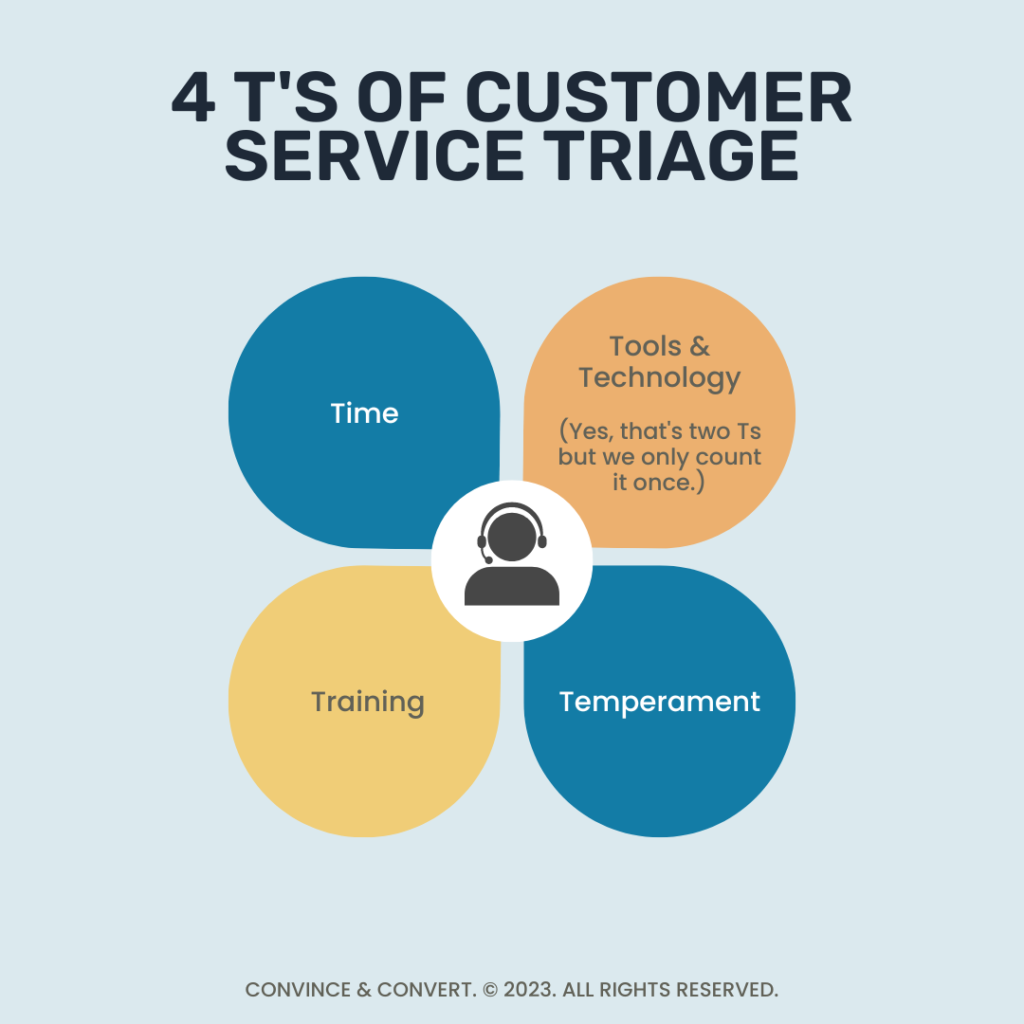
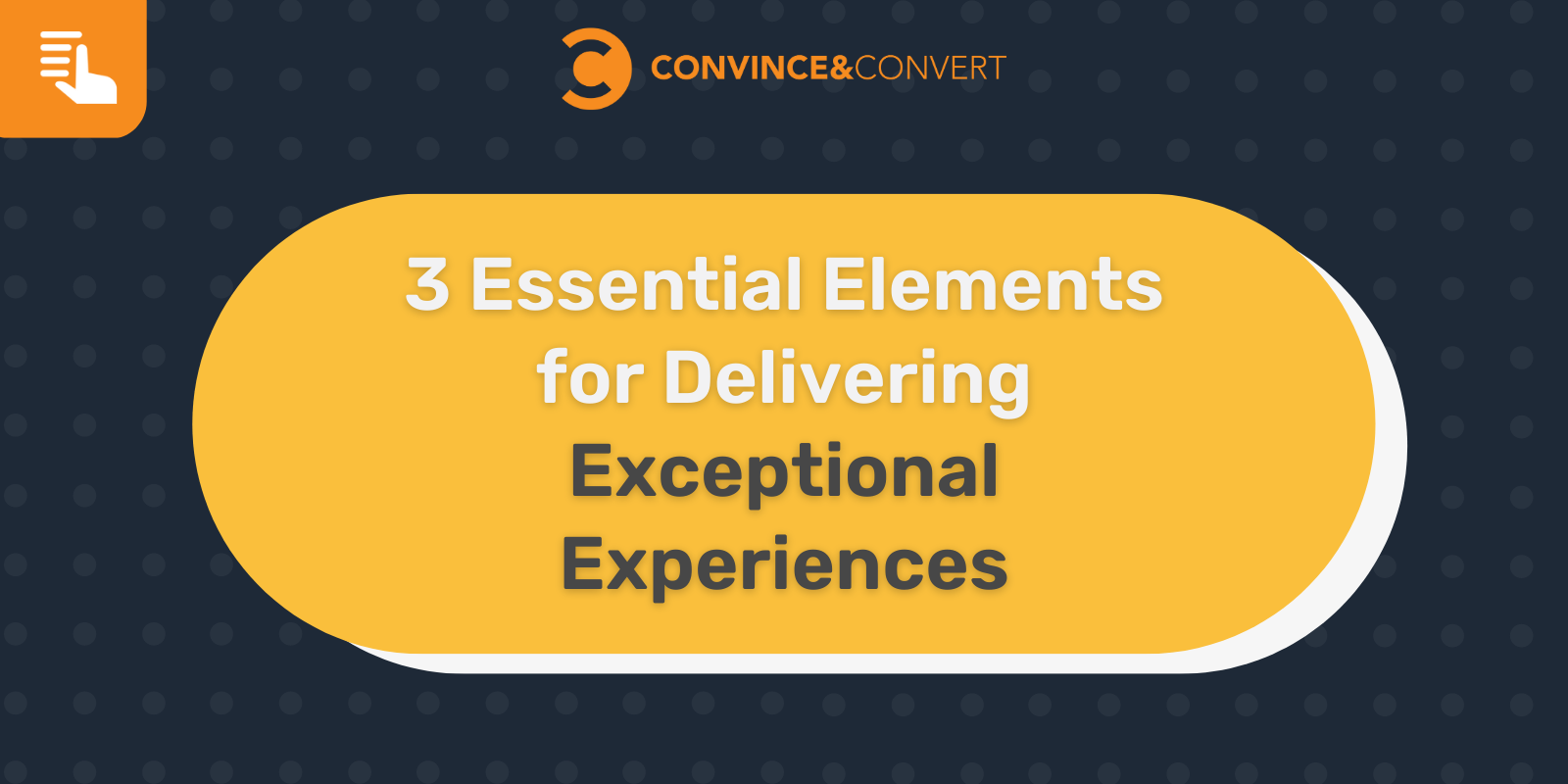
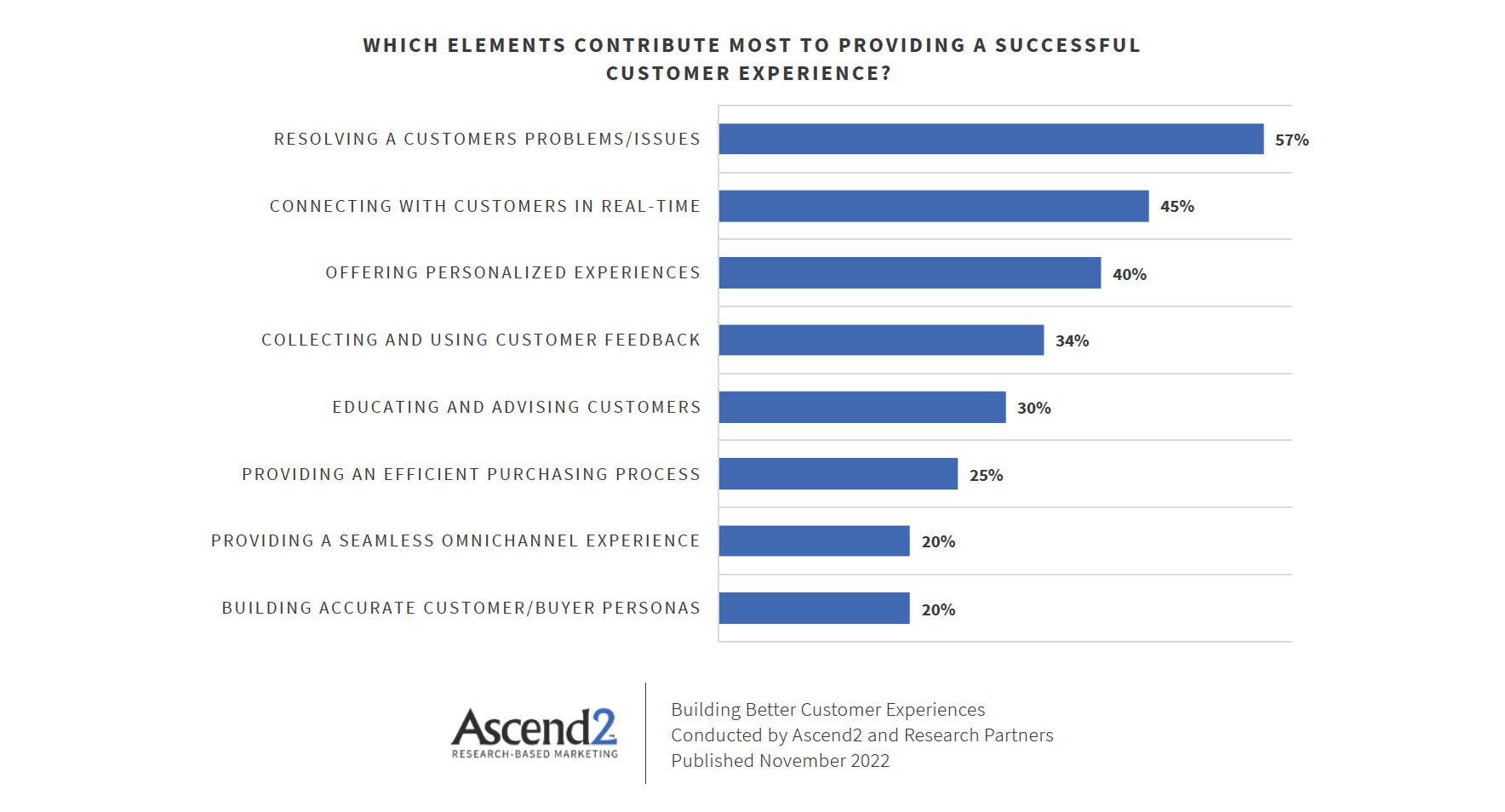
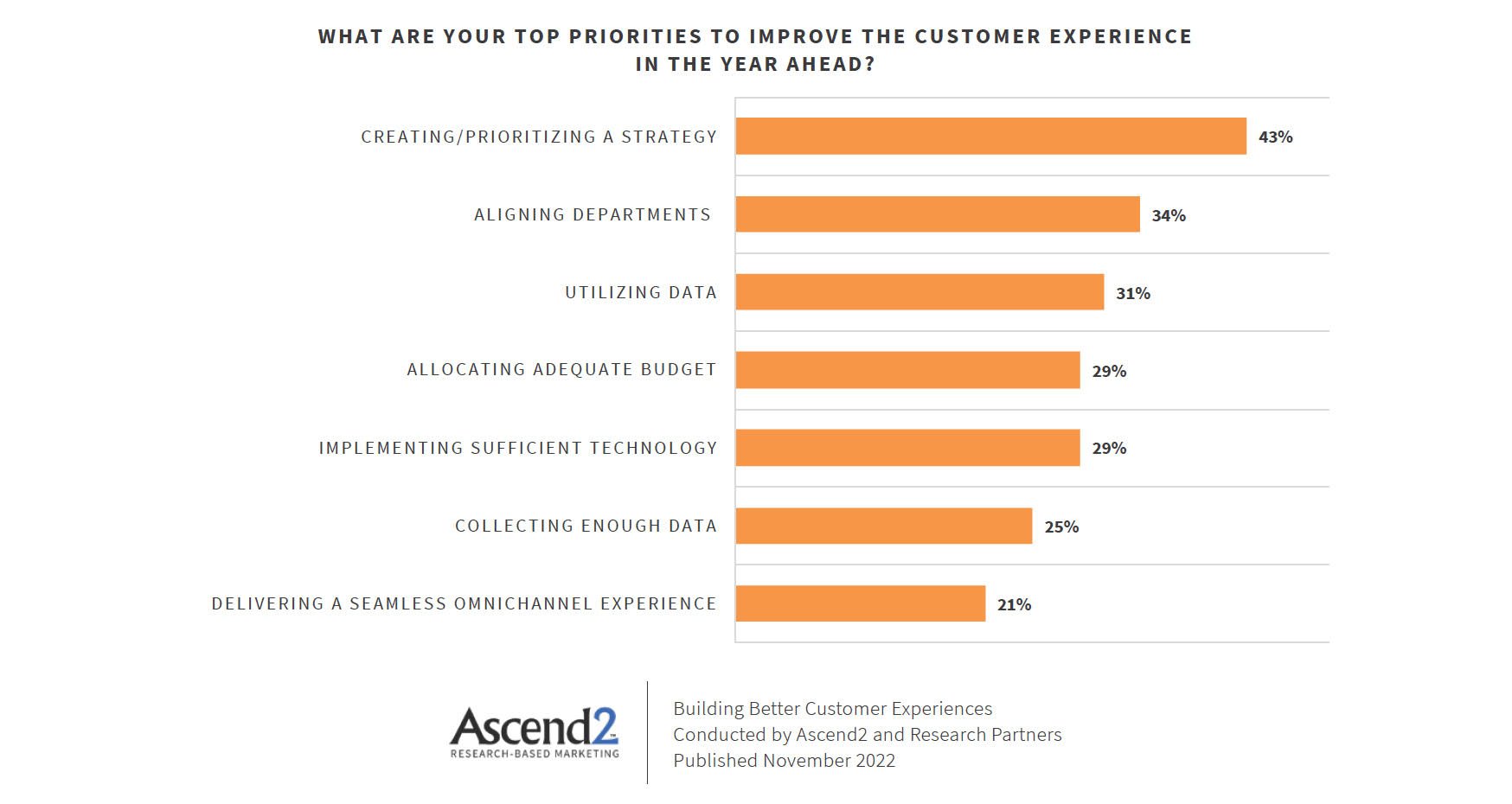
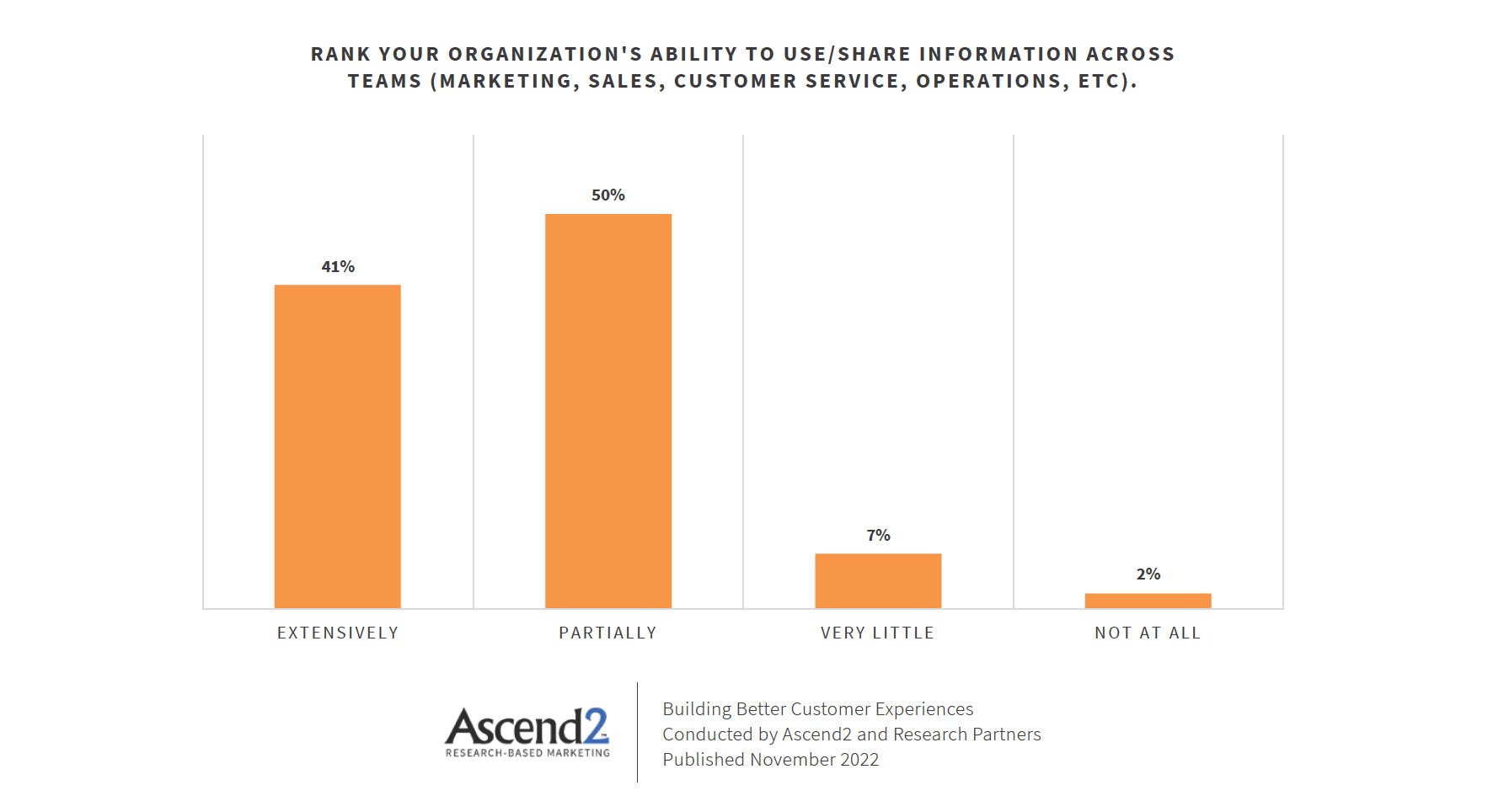
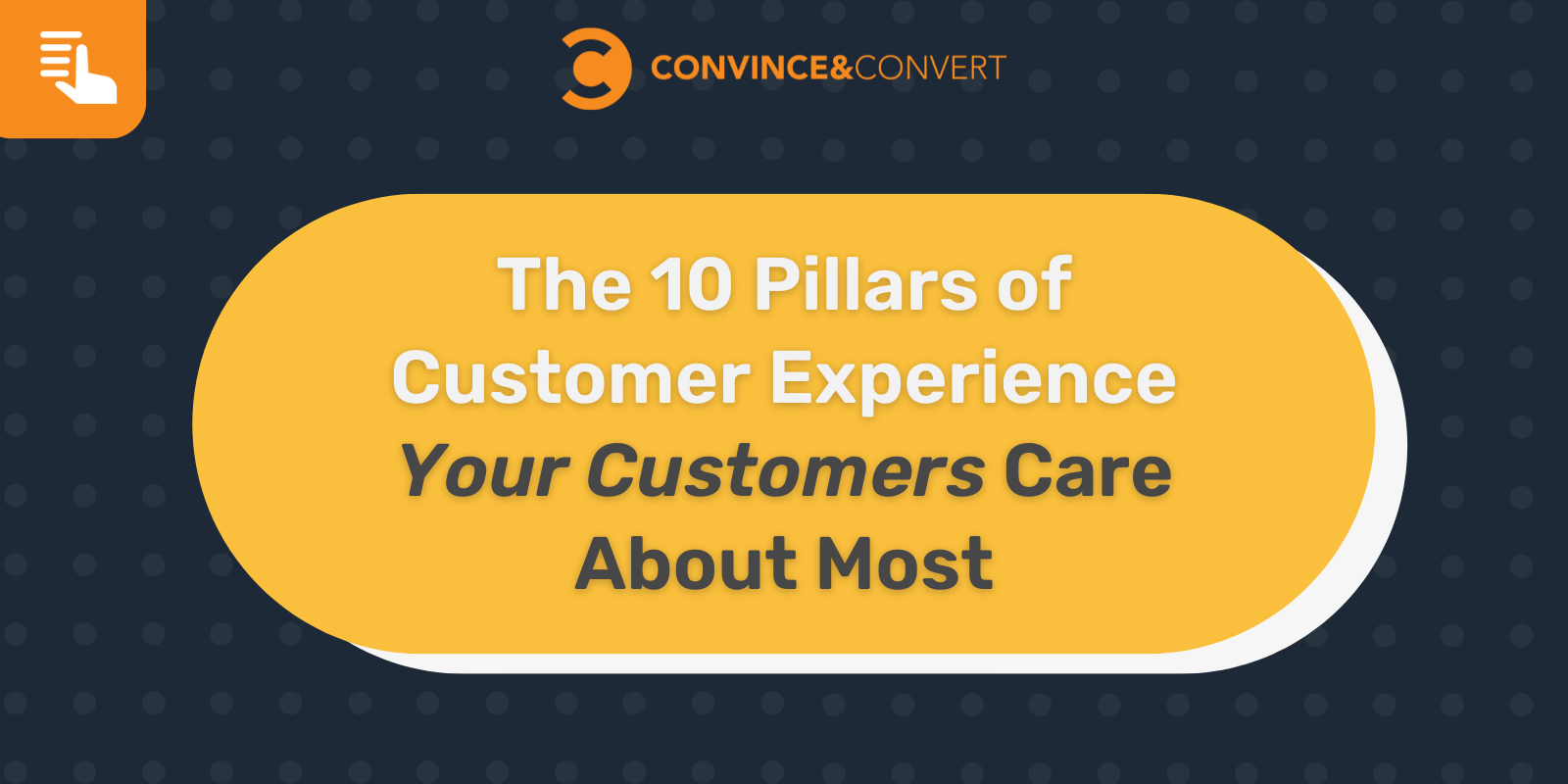
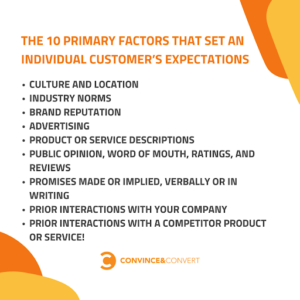
 In this episode of the Duct Tape Marketing Podcast, I interview Jay Baer. Jay is
In this episode of the Duct Tape Marketing Podcast, I interview Jay Baer. Jay is 